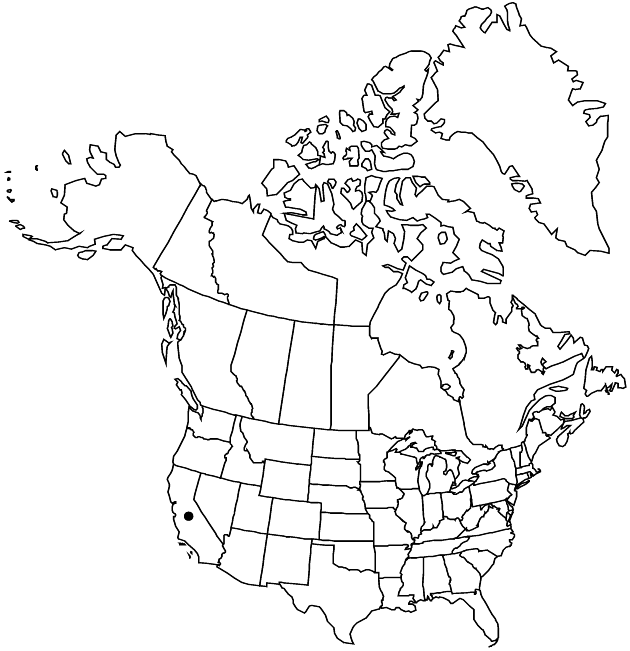Heterotheca sessiliflora subsp. sessiliflora
Stems 1–30, decumbent to ascending-erect, sparsely to moderately hispid, densely stipitate-glandular distally. Cauline leaves sessile, blades lanceolate, 9–16(–21) × 4–7 mm, reduced distally, bases rounded, margins strongly undulate, proximal large cilia grading into distal, small ones, faces moderately to densely hispido-strigose, sparsely to moderately glandular; distal green, not stiff, faces usually sparsely to moderately, rarely densely hispido-strigose, densely stipitate-glandular. Peduncle bracts 3–6, proximal lanceolate, leafy, sometimes distally reduced and phyllary-like, often 1–3+ larger, leaflike bracts subtending, equaling or surpassing heads. Involucres (7–)8.4–10.4(–11) mm. Ray florets 14–24; laminae 5–9(–11) mm. Disc florets: corolla lobes sparsely pilose (hairs 0.15–0.4 mm). Cypsela faces sparsely strigose. 2n = 18.
Phenology: Flowering (Mar–)Jun–Sep+.
Habitat: Coastal dunes, strand, mud flats
Elevation: 0–60 m
Distribution

Calif., Mexico (Baja California).
Discussion
The peak blooming period for subsp. sessiliflora is mid to late summer, but rare individuals can produce some heads throughout much of the year (San Diego County to northern Baja California). The type comes from Santa Barbara, where the subspecies now appears to be extinct. The plants vary greatly in habit. Some are sometimes short and herbaceous, the shoots dying back at the end of the growth season. In the northern Baja California coastal dunes are meter-high shrubs, the shoots of which have not been killed back to rootstock level. The shift from densely hairy proximal cauline leaves to densely glandular distal ones occurs abruptly in some shoots and gradually in others. The subspecies has become very rare in California.
Selected References
None.